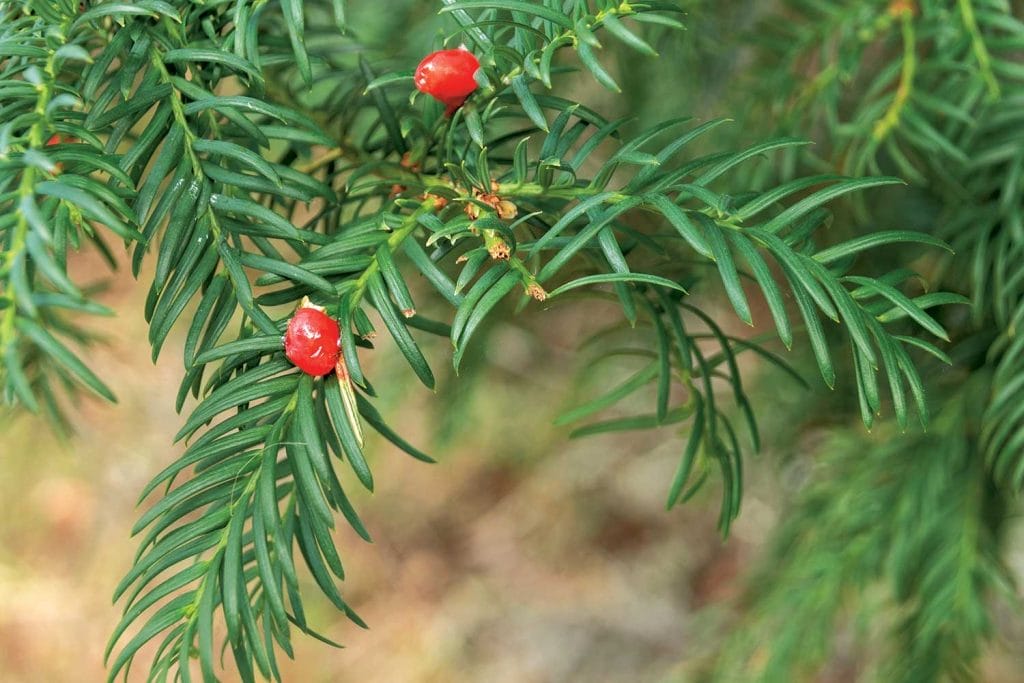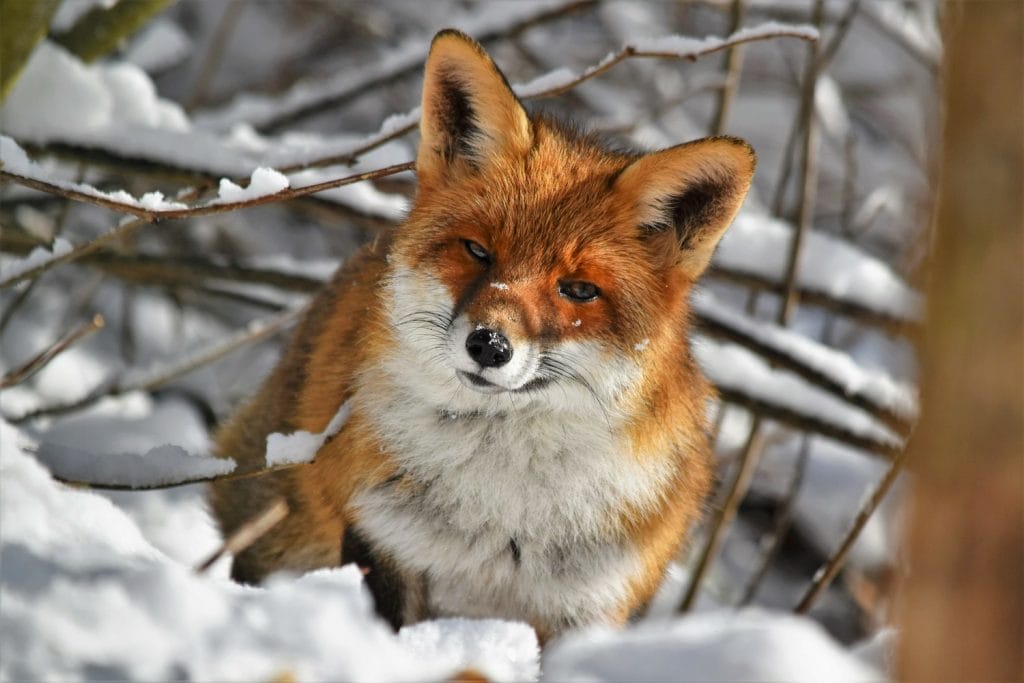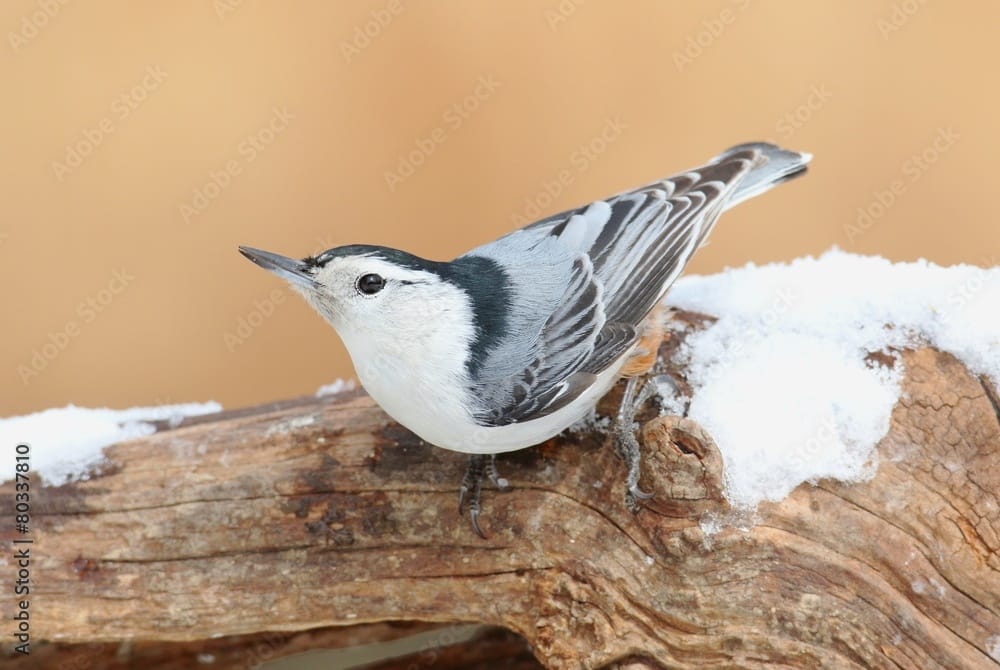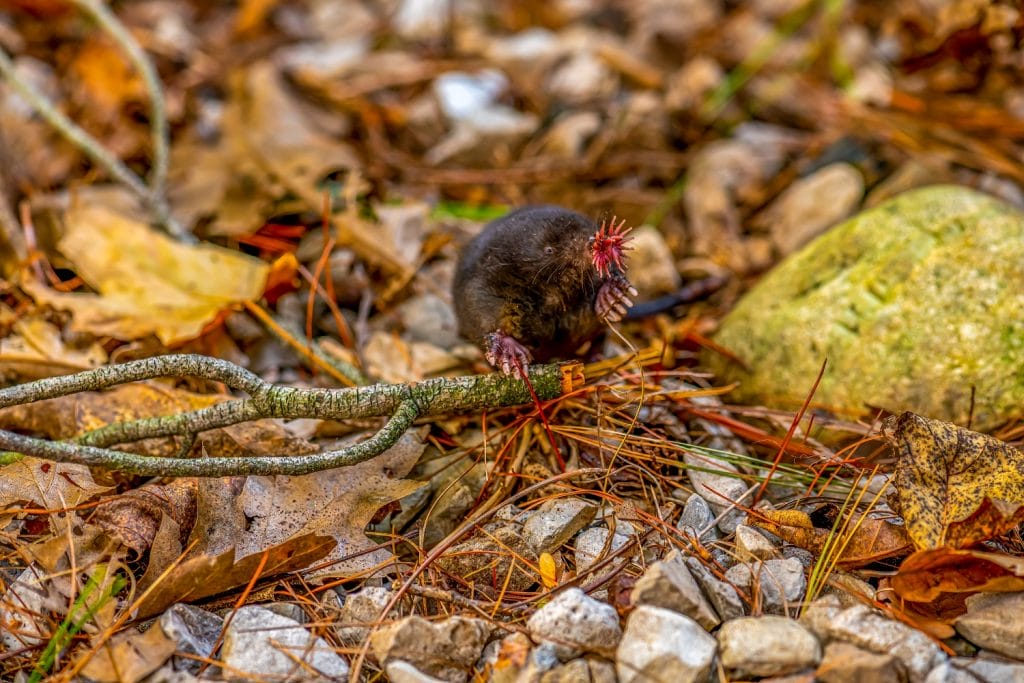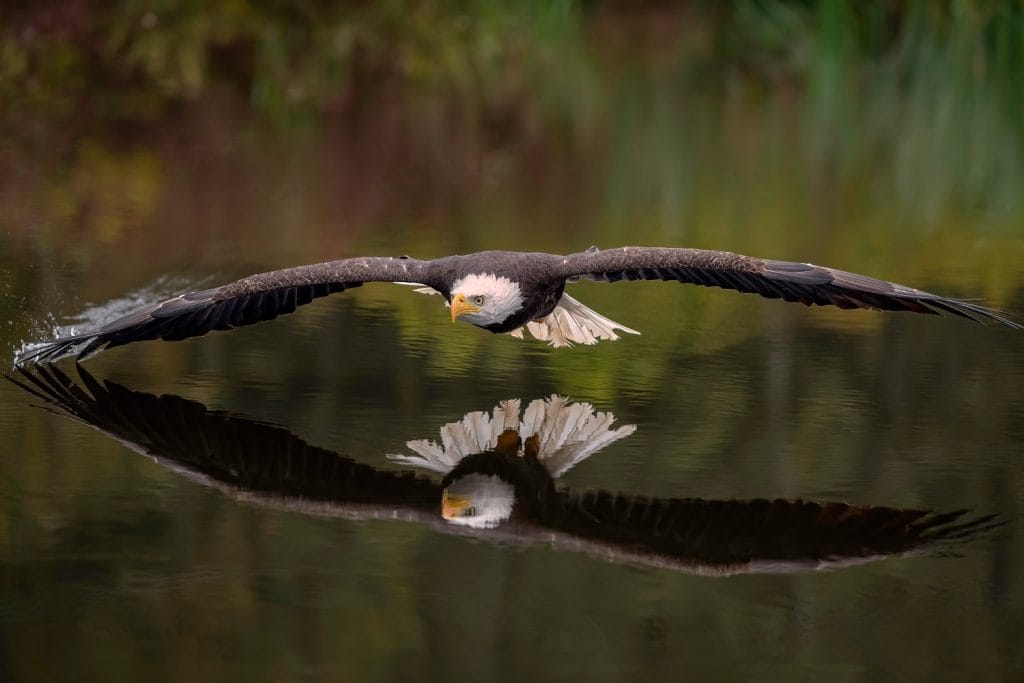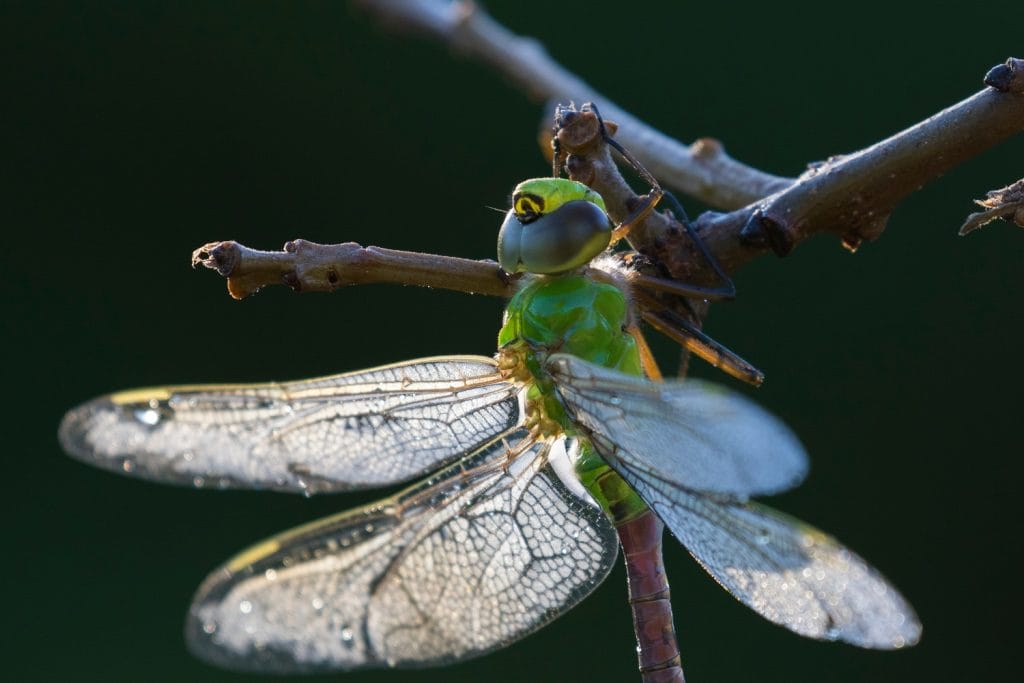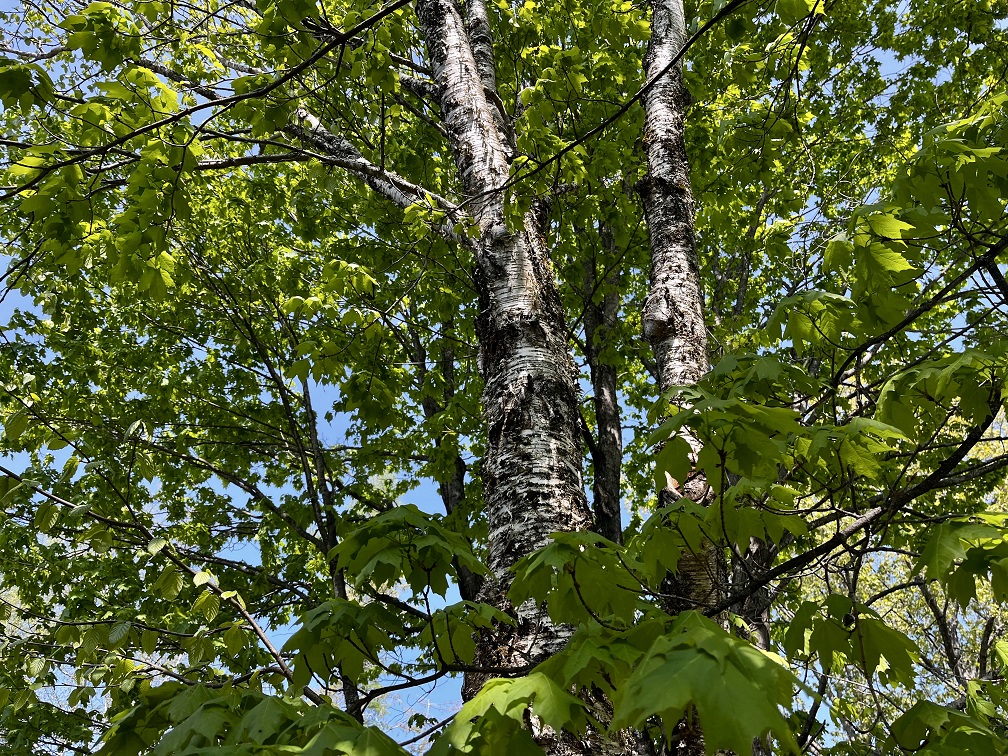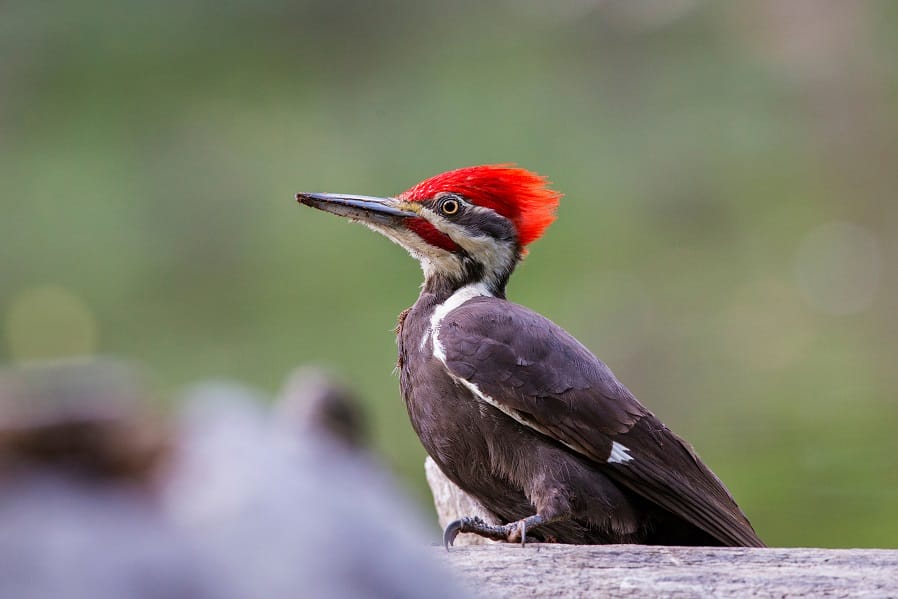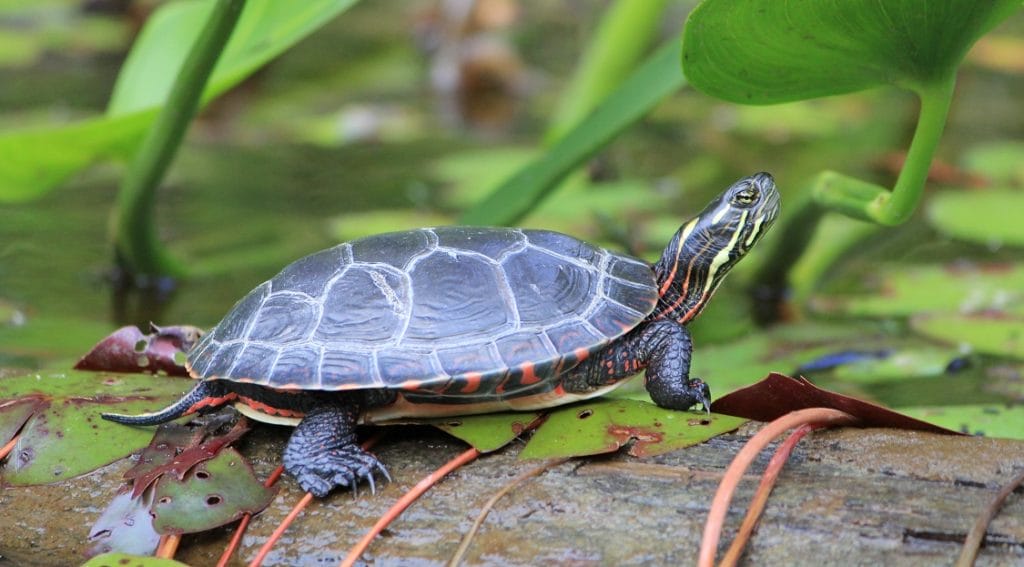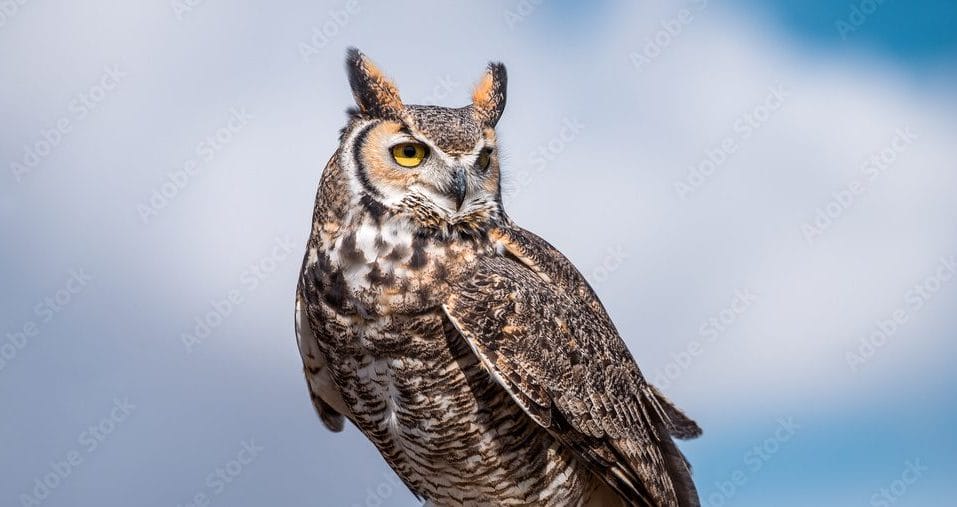The Canada yew (Taxus canadensis) is an understory shrub common in most forests of Quebec and Eastern North America. This small conifer contains a chemical compound with anti-cancerous properties. Sometimes…
Read MoreWildlife and habitat
Canada yew, the shrub that saves lives
- March 14, 2024
- by Jacques Prescott
- 0
- 326
The red fox, the most feline of the canids
- January 24, 2024
- by Jacques Prescott
- 0
- 158
Although it is classed as part of the big Canidae (or canid) family – which includes wolves, coyotes and dogs – the red fox (Vulpes vulpes) is related to cats…
Read MoreThe remarkable White-breasted Nuthatch
- December 19, 2023
- by Jacques Prescott
- 0
- 179
The White-breasted Nuthatch (Sitta carolinensis) is a regular visitor to bird feeders and lives in the deciduous forests of Québec. It can be observed year-round in wooded areas, parks and…
Read MoreThe astonishing star condylure
- October 24, 2023
- by Jacques Prescott
- 0
- 287
The star-nose condylure (Condylura cristata) is a remarkable little creature which evolved in the wetland habitats of North America. Its characteristic nasal appendage and its anatomical and behavioural adaptations allow…
Read MoreThe majestic bald eagle
- September 21, 2023
- by Jacques Prescott
- 0
- 575
We humans are fascinated by the bald eagle (Haliaeetus leucocephalus), with its majestic presence and its identification as a symbol. In fact, the United States has made it its national…
Read MoreSome facts about dragonflies
- August 14, 2023
- by Jacques Prescott
- 0
- 495
Equipped with a lo-o-o-o-ng abdomen and impressive mandibles, the dragonfly looks like it could easily sting or bite us. In Québec, it is sometimes called a “crève-yeux” – an eye-puncturer!…
Read MoreQuébec’s official tree: the yellow birch
- June 21, 2023
- by Jacques Prescott
- 0
- 1152
Known colloquially in French as the merisier, the yellow birch (Betula alleghaniensis) is a tree native to northeastern North America. Due to its rapid growth, long life, beauty and wide…
Read MoreThe deafening Pileated Woodpecker
- May 22, 2023
- by Jacques Prescott
- 0
- 716
With its long, strong beak, prominent crest and impressive size, the Pileated Woodpecker (Dryocopus pileatus) has a silhouette evocative of that well-known flying dinosaur, the pterodactyl. The Pileated Woodpecker is…
Read MoreThe cold blood of amphibians and reptiles
- April 14, 2023
- by Jacques Prescott
- 0
- 635
When you touch a cat or a bird, you feel the warmth the animal gives off. If you handle a grass snake or a frog, however, you feel a coolness….
Read MoreDo owls have eyes in the back of their heads?
- March 15, 2023
- by Jacques Prescott
- 0
- 751
When you see a motionless owl looking straight behind itself, you might think that it could turn its head completely around. So…can it? No animal, including the owl, can swivel…
Read More